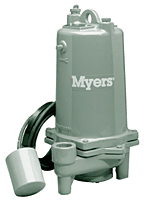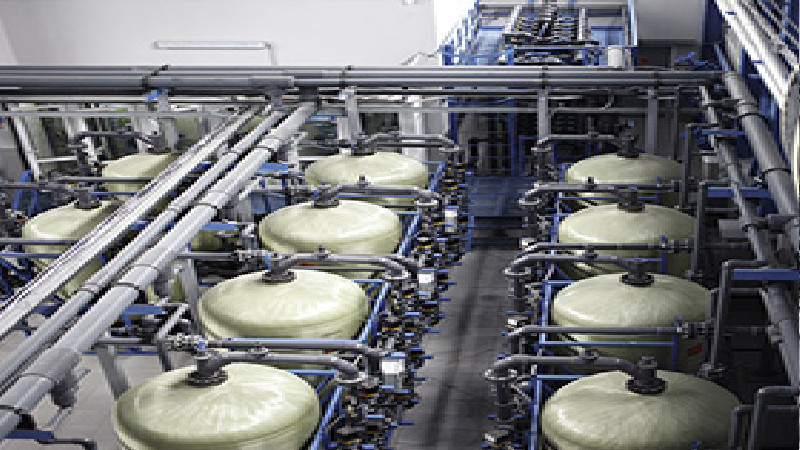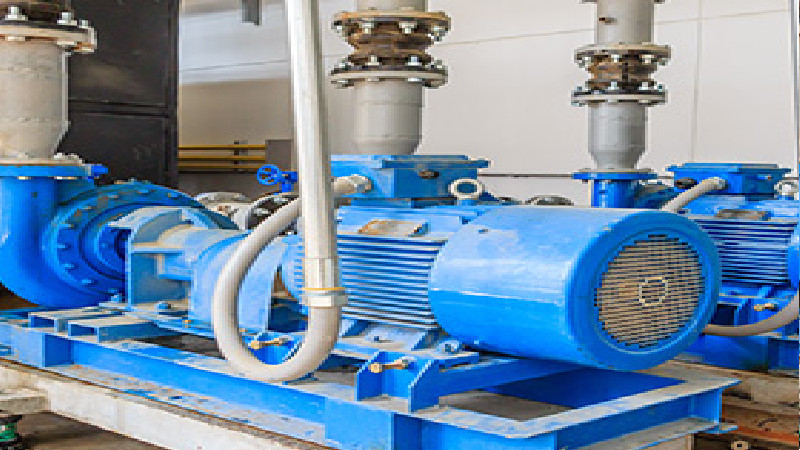Top companies that manufacture components for tension measurement systems, design products that last for a significant amount of time even in very challenging working environments. It is not uncommon for load cells and sensor to last for several decades with just minor maintenance.
However, as with all types of equipment and components, there will be the need to make a replacement at some point in time. If the current load cell is reaching the end of its life cycle, it may be a good time to replace it as well as the load cell sensor.
How it Works
The load cell is the component in the tension measuring system that measures the change in tension on the cell. The weight deforms the load cell, which in turn creates a difference in the electrical resistance of the component. The load cell sensor is able to “read” that change in electrical resistance and convert it to a signal that is sent through to be displayed through a controller or sent to a computer for automated control of the system.
Potential Issues
Generally, the load cell sensor should be mounted in a location on the equipment that limits the exposure of the component to heat, excessive vibration or any type of shock. Most of these sensors have flexible mounting options so it is possible to limit exposure to these types of environmental issues that can shorten the component’s life cycle.
It will also be essential to provide shielding from electronic noise if there are other electrical components in close proximity. Shielding of the load sensor, as well as shielding on any other electronic components, will prevent these issues from developing.
Remember that the load cell and the sensor have to be designed to work together. It is always the best practice to purchase both from the same manufacturer to allow for easy setup, calibration, and use.



